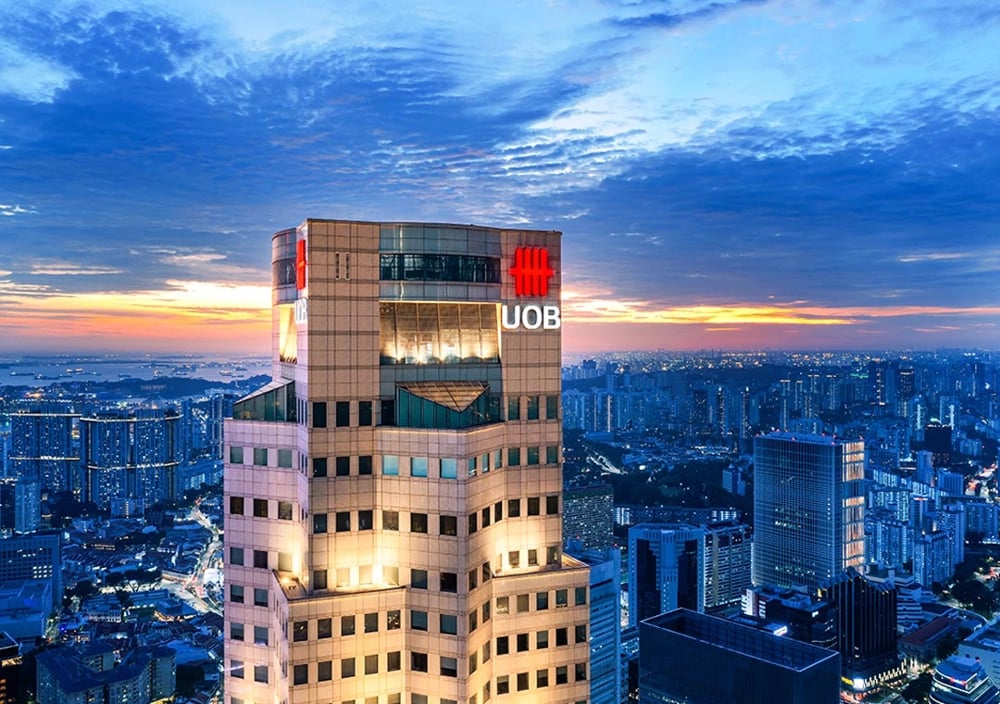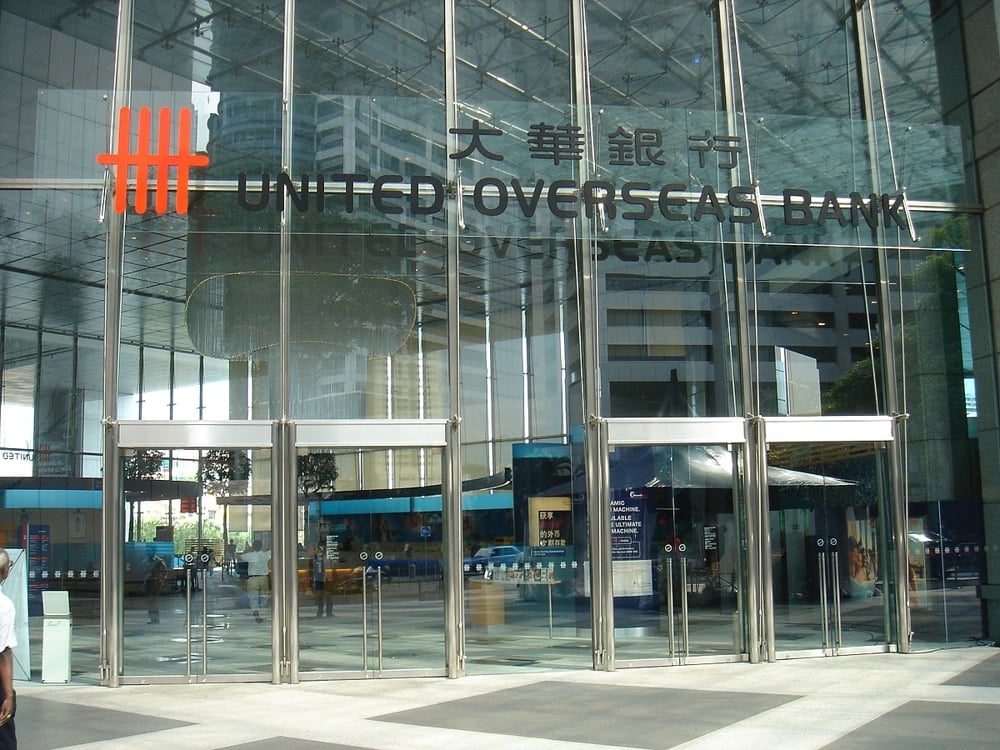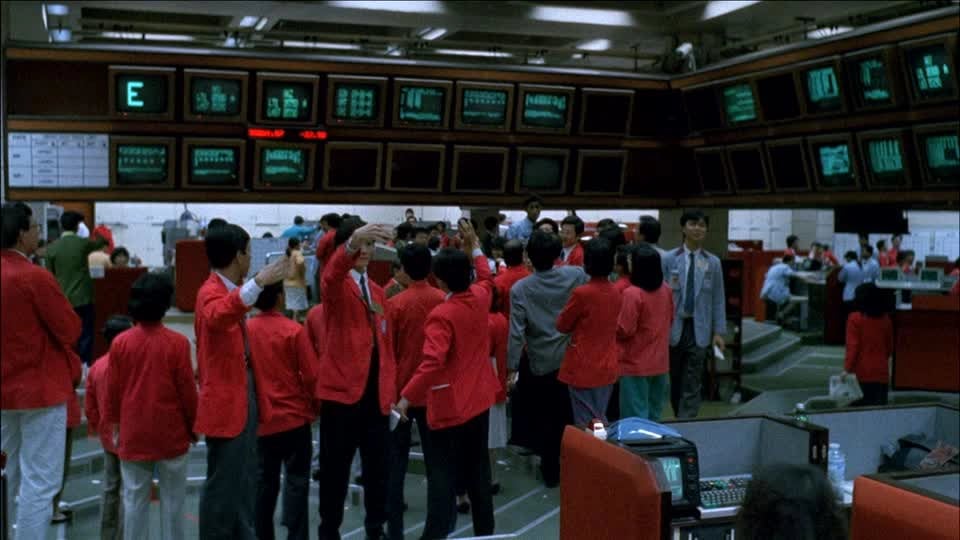Related Articles
Sensex and Nifty Rally Amid Oil Price Dip and Global Equity Recovery Despite Middle East Tensions
Indian equity benchmarks Sensex $^BSESN and Nifty 50 $^NSEI surged nearly 1% on Monday, led by strong gains in the IT and oil sectors. The rally was supported by value-buying and improved investor sentiment across global markets, despite continued geopolitical tensions in the Middle East. Lower crude oil prices provided additional support for domestic equities, helping India’s markets outperform many Asian peers.
Nifty 50 Ends Lower as Market Tone Turns Cautious; Pharma and IT Lead Sectoral Gains
The Indian equity market witnessed a broadly subdued performance in the week ending June 13, 2025, as the Nifty 50 index $^NSEI fell by 1.04% to close at 24,718, while Bank Nifty $^NSEBANK retreated by 1.8%, settling at 55,527.35. The decline followed a week of sectoral divergence, where IT (CNXIT) and pharmaceutical stocks outperformed, in contrast to muted action in real estate, autos, FMCG, and metal counters. The weakness extended across broader markets, with mid-cap and small-cap indices both slipping by over 1%, reflecting a risk-off sentiment among retail and institutional investors. Rising bond yields, continued foreign institutional outflows, and mixed global cues contributed to the cautious tone.
Rising Oil Prices Amid Israel-Iran Conflict Could Pressure USD and U.S. Inflation Outlook
Escalating conflict in the Middle East—specifically, between Israel and Iran—is beginning to send ripples through global oil markets. After Israeli strikes reportedly hit several critical Iranian energy facilities over the weekend, oil prices climbed by approximately 1% during Asian trading on Monday. With Brent crude hovering around $75 per barrel, concerns over energy-driven inflation are once again mounting in the United States.








UOB's cautious approach shows a smart balance between optimism and realism in these unpredictable times.